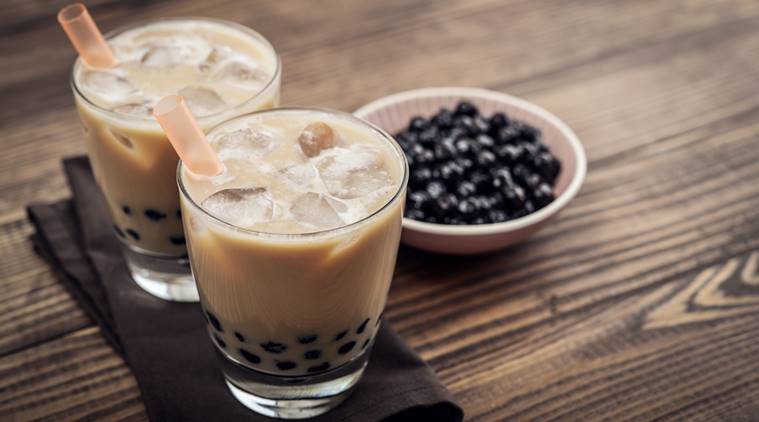📣 For more lifestyle news, click here to join our WhatsApp Channel and also follow us on Instagram
Bursting the bubble: Why bubble tea may be harmful for your health
Bubble tea, which is already saturated with sugar, contains as much as 50 grams of sugar and close to 500 calories.
 The main components of bubble tea are tea, milk, and tapioca pearls — as well as alarmingly high levels of sugar. (Source: Getty Images/Thinkstock)
The main components of bubble tea are tea, milk, and tapioca pearls — as well as alarmingly high levels of sugar. (Source: Getty Images/Thinkstock)
Once a relatively obscure drink only found in Taiwan, boba or bubble tea’s popularity has sky rocketed in the recent years, especially across several Asian countries. The flavoured non-alcoholic and non-carbonated cold tea beverage has been particularly popular owing to one of its ingredient — tapioca pearls — which are loved for their chewy, candy-like texture, and are often referred to by their Chinese name, boba.
Though the beverage is said to slow ageing, boost immunity, aid in weight reduction and increase mental awareness, there are also concerns about how addition of flavours and excessive sugar to bubble tea can make it an unhealthy drink.
Recently, a young girl in China ended up in hospital when hundreds of undigested tapioca balls in her stomach led to constipation. The doctors treating the 14-year-old have warned that bubble tea pearls, which are made from starchy cassava (from which tapioca is obtained) root, are hard for the body to digest.
So, unlike popular perception, bubble tea may not be as fun and harmless as it seems.
Bubble tea, which is already saturated with sugar, contains as much as 50 grams of sugar and close to 500 calories. In addition, each tapioca ball can add five to 14 calories to your drink, which means that just 1/4 cup of them can add over 100 extra calories to your already calorically-dense drink.
They also don’t actually contribute anything in the way of nutrition as boba are just carbs and lack any minerals or vitamins and do not contain fibre.
What you can do
* Opt for a low sugar level or a honey-sweetened bubble tea and ask for regular milk instead of sugary creamers or sweetened condensed milk. You could also go for pearl-free — or light on pearls — bubble tea to save 100-200 calories.
* It is imperative to avoid too much refined sugar and flavoring syrups and keep it natural.
* Stick to the smallest size, which is already generous.
📣 For more lifestyle news, click here to join our WhatsApp Channel and also follow us on Instagram





- 01
- 02
- 03
- 04
- 05






















